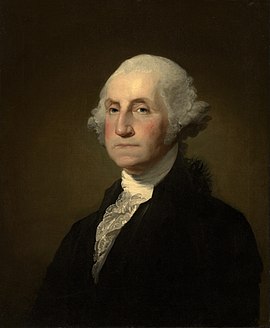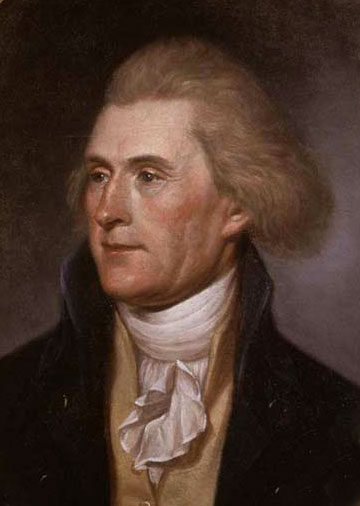The Adams Government, and the Jefferson Government
The First Congress of the United Kingdom of States began officially in the year 1787, the organization was only able to achieve a quorum in 1789. The Congress elected by a wide margin the statesman John Adams as the first Premier. Adams was chosen as compromise candidate between the two power bases of the assembled parties from the Constitutional Convention, neither Hamilton, the leader what would become the Royalist Party, nor Jefferson, the leader of the future Federal-Democratic Party, were particularly fond of Adams, but Adams was a statesman with close ties to the King.
The Adams Premiership thus began the executing the layers of state. The Judiciary Act of 1879 established the Royal Courts; the Copyright and Patent Acts established the Kingdom’s patent laws; the Naturalized Citizenship Act; and the major act of the Jefferson-Hamilton Coalition, the “Compromise of 1790,” the Residence Act, the Excise Tax Act, the State Debts Act, and the Titles and Orders Act, the combined acts would place the national capital north of the Potomac River, have the national government assume the state debts, with interest, and to enact a system of rights for the land- and slaveholding plantation manors.
The weakness of the Adams government appeared from fissures within the Coalition that eventually broke apart. The Coalition broke apart as the 1st election approached and it became apparent that the Jefferson faction would find itself unable to match the Hamiltonian faction following the election. The Coalition thus broke in the final days of the Adams government, and the election was at first a three-way affair between the “Anti-Royalist Party,” an amalgamation of parties that acted against the Royal Constitution; the “Federal-Democratic Party,” Jefferson’s party; and “National Royalist Party,” the Hamilton Party.
The Jeffersonian Federal-Democratic Party was not going to win the election, this was obvious from the start, the supporters of the Federal-Democratic Party were able to agree with the platform of the Anti-Royalist Party with little trouble, the only thing holding together the Jeffersonian Faction was the stranglehold the Coalition held on the 1st Congress. Thus Jefferson needed to resort to drastic measures to maintain his control of the government, or at least prevent the control falling to the Hamiltonian government, Jefferson discussed allying with the Anti-Royalist parties.
The Federal-Democratic Party/Anti-Royalist Party Alliance was accepted by the majority of the local parties from the Anti-Royalists, the national figures were not accepting of the idea, but the local parties were able to out maneuver their counterparts in the national government and lead to a central Federal-Democratic Party that would represent the interests of the decentralist philosophy, thus killing the national Anti-Royalist Party for the UKS. This alliance would win the election, gaining 55 seats to the Royalist Party’s 50 seats of the Royalist Party.
The Federal-Democratic Party oversaw the founding of the city of Washington. The Federal-Democrats also saw to the First and Second Militia Acts that regulated the state militias, including major allowances to the states for state militias. The State Entrance Act, an act re-codifying the system established in the Northwest Ordinance of the Confederation. Tennessee and Kentucky enter the Union of States, thus bringing the council to 15 members.
The Royal Office issued a heavily debated declaration of neutrality, it was not the declaration that was the issue, but the idea that the King was to offer declarations to further the agenda of the Kingdom, and he would be able to issue statements that would increase his personal power. This debate, brought up by academics that were internationalist in nature, was simply a smokescreen to the issue of the nation’s foreign policy.
The debate raged over the idea of Royal supremacy versus the supremacy of the elected government. These, the first “Royal Debates” sent political shockwaves through both the Royalists and the Democratic ideals. Prime Minister Jefferson sought to assuage the debate by issuing the “Neutrality Act” as a measure that simply restated what the Royal Office had issued, earning him and his party largely negative emotions in the trying times leading up to the election of 1795.
Prime Ministers John Adams and Thomas Jefferson




